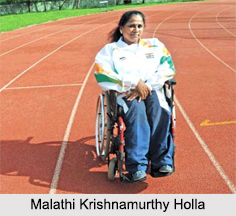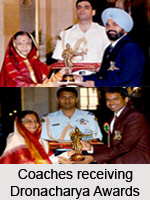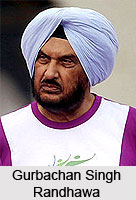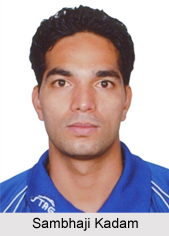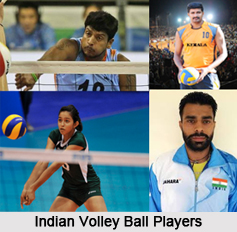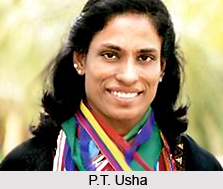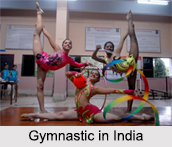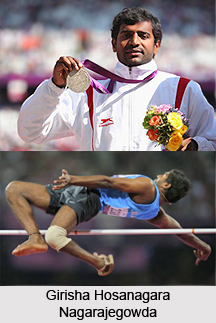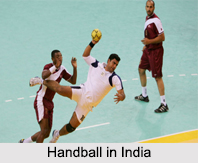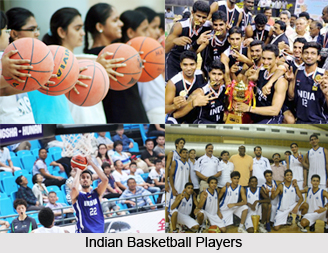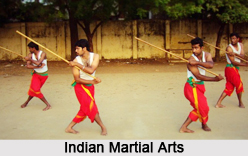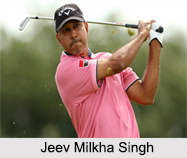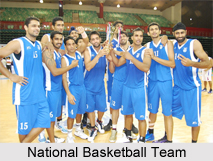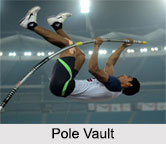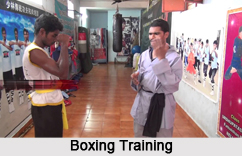 Techniques in boxing plays a crucial role towards improving the game and making is more competitive. For all boxers in India, it is crucial to take note of all the major techniques of boxing. The techniques of boxing can be broadly categorized into two major types; one is the attacking technique and the other is defensive technique. While a boxer is in the boxing ring, the only aim that circles his mind is to defeat his/her opponent. In order to make that happen, a boxer has to carefully take account of certain points, and they are as follows
Techniques in boxing plays a crucial role towards improving the game and making is more competitive. For all boxers in India, it is crucial to take note of all the major techniques of boxing. The techniques of boxing can be broadly categorized into two major types; one is the attacking technique and the other is defensive technique. While a boxer is in the boxing ring, the only aim that circles his mind is to defeat his/her opponent. In order to make that happen, a boxer has to carefully take account of certain points, and they are as follows
Stance: Boxing Technique
Stance is very crucial in boxing, and to get a fully upright stance, the legs must be kept wide apart. The back foot is half the step behind the lead foot. For orthodox boxers or right hand boxers the left fist and foot ahead. Both the feet are inwardly pointed. The right heel is lifted from the ground. The lead fist is vertically placed about six inches in front of the face at the eye level. The back fist is actually placed beside the chin. In order to protect the body, elbow must be held against the body. And to avoid punches chin must be tucked in chest. Southpaw fighters or left handed boxers adopt a mirror image of the orthodox stance. Sometimes the cheeks or foreheads are tapped with the fists to remember to keep the hands upwards.
Punches: Boxing Technique
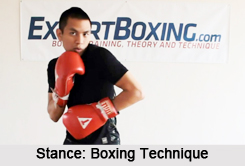 Punches are of four types namely cross, jab, hook and uppercut. For an orthodox boxer, the left hand is the leading arm and the right hand is rear hand. In case of left hand boxer the position is reversed.
Punches are of four types namely cross, jab, hook and uppercut. For an orthodox boxer, the left hand is the leading arm and the right hand is rear hand. In case of left hand boxer the position is reversed.
Defence: Boxing Technique
The direct left jab to the head is most extensively used in the techniques of boxing. The chin and partial part of the mouth has to be covered with left fist. The left hand is straightened and the left elbow rises according to the onward movement of the left fist. The chin must never be uncovered by the left fist.
Direct Jab
The direct jab at the stomach involves keeping the body bent in the knees and waist, moving a step with the front foot and when contacted with the target, the extended arm has to be parallel to the floor. This jab can compel opponent to lower hands and open head for further attack.
Right Uppercut
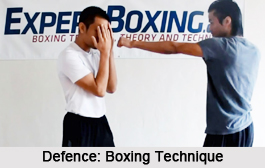 The right uppercut is carried out by standing in a conventional boxing stance by holding the back knee bent. The right shoulder is lowered to turn the right side of trunk to a semi-crouch position. Thus, the body weight is transferred to the left leg. The fist held sufficiently upwards near the chin to cover the head. The hips turned forward, pushing the ball of the back foot and punching the right fist upwards towards the target. The right arm stays close to the body and turns up in a semicircle.
The right uppercut is carried out by standing in a conventional boxing stance by holding the back knee bent. The right shoulder is lowered to turn the right side of trunk to a semi-crouch position. Thus, the body weight is transferred to the left leg. The fist held sufficiently upwards near the chin to cover the head. The hips turned forward, pushing the ball of the back foot and punching the right fist upwards towards the target. The right arm stays close to the body and turns up in a semicircle.
Counter Punchers
Counter Punchers are slippery, defensive style fighters who often rely on their opponent`s mistakes in order to gain the advantage, whether it is on the score cards or more preferably a knockout. They use their well-rounded defense to avoid or block shots and then immediately catch the opponent off guard with a well placed and timed punch. A fight with a skilled counter-puncher can turn into a war of attrition, where each shot landed is a battle in itself. Thus, fighting against counter punchers requires constant feinting and the ability to avoid telegraphing one`s attacks. To be truly successful using this style they must have good reflexes, a high level of prediction and awareness, pinpoint accuracy and speed, both in striking and in footwork.
Brawler
A brawler is a fighter who generally lacks finesse and footwork in the ring, but makes up for it through sheer punching power.
All the boxers in India have primary skills with which they feel most comfortable, but truly best fighters are often able to incorporate auxiliary styles when presented with a particular challenge.





